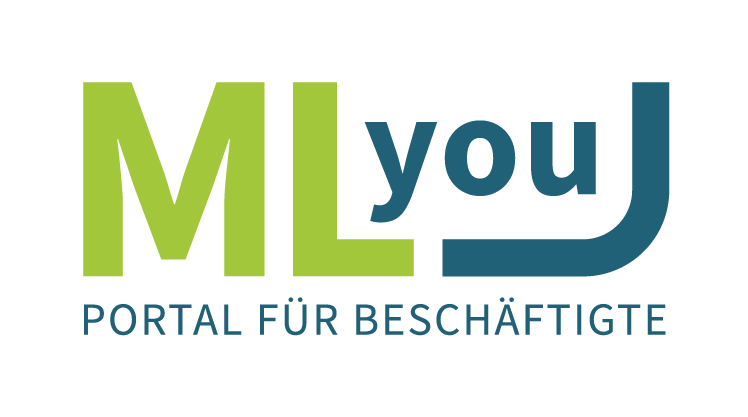Prof. Dr. Heidi Foth

Prof. Dr. Heidi Foth
Martin Luther University Halle-Wittenberg – Institute of Environmental Toxicology
Member of the German Advisory Council on Environment
Board Member of EUROTOX
Homepage
heidi.foth@medizin.uni-halle.de
Research Focus
Metabolism of tabacco smoke constituents in isolated perfused rat lung and liver
Pulmonary elimination of xenobiotics
Kinetics of cytostatics (nucleoside analogues, alkylating agents)
Kinetics of cytochrome P-450 substrates in vivo
Stability of cytochrome P450 and antioxidative enzymes in primary lung cell cultures
Expression and regulation of multi drug resistance proteins (mdr, mrp, lrp) in lung
Cell culture of normal human lung
Selected Publications
Foth H (1995) Role of the lung in accumulation and metabolism of xenobiotic compounds -
implications for chemically induced toxicity. Crit Rev in Toxicol 25 (2): 165-205
Lehmann T, Köhler Ch, Weidauer E, Taege Ch, Foth H (2001) Expression of MRP1 and related transporters in human lung cells in culture. Toxicology 167, 59-72
Weidauer E, Mörke W, Foth H, Brömme HJ (2002) Does the anaerobic formation of hydroxyl radicals by paraquat monocation radicals and hydrogen peroxide require the presence of transition metals? Arch Toxicol 76: 89-95
Bolt HM, Foth H, Hengstler JG, Degen G (2004) Carcinogenicity categorisation of chemicals – new aspects to be considered in a European perspective. Toxicol Lett. 151: 29-41
Weidauer E, Lehmann T, Rämisch A, Röhrdanz E, Foth H (2004) Response of rat alveolar type II cells and human lung tumor cells toward oxidative stress induced by hydrogen peroxide and paraquat. Toxicol Lett. 151, 69-78
Foth H (2004) Challenges for Toxicology from large contamination sites. Special Issue, guest editor, Toxicology 205 (2004), 141-142
Torky AW, Stehfest E, Rämisch A, Viehweger K, Taege Ch, Foth H (2005) Immuno-histochemical detection of MRPs in human lung cells in culture. Toxicology 207 (2005) 437-450
Special Offer
Practical Training in laboratory techniques
Training programme in Toxicology
Education in Toxicology (EUROTOX)
Congress-Abstract
化学物質の毒物学的分類における新戦略
化学物質の登録、評価および認可を行うEU REACHプロセスは、大量の化学物質に関する毒物学的専門知識の拡充を目的としており、ユーザー・ラインでの公開シナリオが、同システム内で重要な役割を果たしている。ヨーロッパにおける化学物質製造・輸入業者は、毒性評価にしたがった化学物質の分類およびラベリングに加えて、消費者と環境の保護を保証するために、リスク評価報告書と使用説明書を作成しなければならない。
発癌性物質の分類システムでは、化学物質の遺伝毒性、非遺伝毒性の区分がなされる。非遺伝毒性物質の許容可能な曝露レベルは、人体への発癌リスクが予想されないレベルである。遺伝毒性発癌物質には、突然変異なしの染色体影響を誘発する可能性がある一方で、非DNA反応的な遺伝毒性物質は、有毒服用量が高い場合でのみ発癌性となる。染色体異常誘発能に関する特定のメカニズムと活性酸素に基づいた発癌プロセスは、実際のしきい値を有している。内因性発癌物質の存在を考慮に入れるならば、低用量発癌リスクの研究が、作用メカニズムにしたがってなされるべきである。
New Strategies in Toxicological Classification of Chemicals
Within the EU REACH process (registration, evaluation and authorization of chemicals) it is aimed to expand the existing knowledge on a large number of chemicals. Exposure scenarios within the downstream user line will play an important role in the REACH system. Besides classification and labelling of chemicals according to toxic effects manufactures and importers in Europe will be obliged to carry out a chemical safety assessment and to derive operational instructions which are necessary to protect also consumers and environment.
The existing systems of classification of carcinogens should include a distinction between genotoxic and non-genotoxic chemicals. For non-genotoxic chemicals, permissible exposure levels can be derived at which no relevant human cancer risks are anticipated. While genotoxic carcinogens can induce chromosomal effects without mutagenic action, some non-DNA-reactive genotoxins are carcinogenic only at high, toxic doses. Specific mechanisms of clastogenicity and processes of carcinogenesis based on reactive oxygen have practical thresholds. Taking into account the presence of endogenous carcinogens, it is now becoming evident that carcinogenic risk extrapolation to low doses must be considered according to the mode of action.



